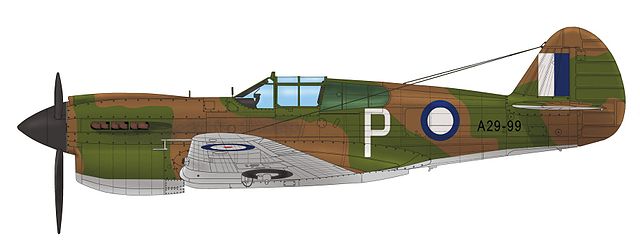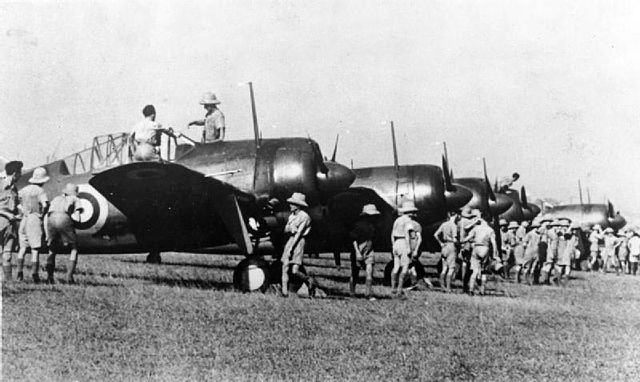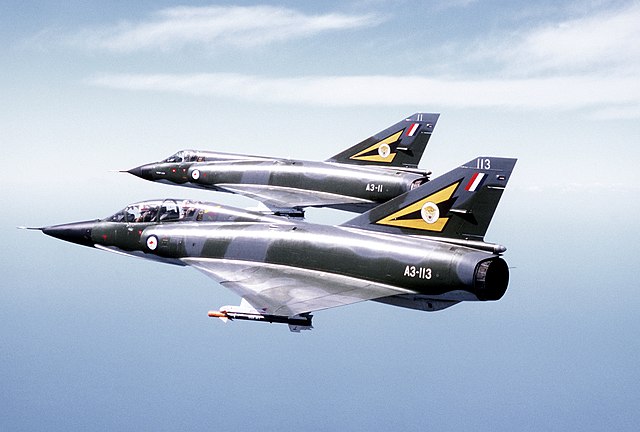Battle of the Bismarck Sea
The Battle of the Bismarck Sea took place in the South West Pacific Area (SWPA) during World War II when aircraft of the U.S. Fifth Air Force and the Royal Australian Air Force (RAAF) attacked a Japanese convoy carrying troops to Lae, New Guinea. Most of the Japanese task force was destroyed, and Japanese troop losses were heavy.
Japanese transport under aerial attack in the Bismarck Sea, 3 March 1943
A Mitsubishi A6M Zero, painted to represent a section leader's aircraft from the Japanese aircraft carrier Zuihō during the Battle of the Bismarck Sea
Captain Robert L. Faurot of the 39th Fighter Squadron, seen here in front of his P-38 Lightning. He was shot down by Japanese fighters during the Battle of the Bismarck Sea.
Japanese ship movements (black) and Allied air attacks (red) during the battle
Royal Australian Air Force
The Royal Australian Air Force (RAAF) is the principal aerial warfare force of Australia, a part of the Australian Defence Force (ADF) along with the Royal Australian Navy and the Australian Army. Constitutionally the Governor-General of Australia is the de jure Commander-in-Chief of the Australian Defence Force. The Royal Australian Air Force is commanded by the Chief of Air Force (CAF), who is subordinate to the Chief of the Defence Force (CDF). The CAF is also directly responsible to the Minister for Defence, with the Department of Defence administering the ADF and the Air Force.
Curtiss Kittyhawk Mk IA of 75 Squadron RAAF, which F/O Geoff Atherton flew over New Guinea in August 1942.
The Brewster F2A Buffalo participated in air campaigns over Malayan, Singapore and Dutch East Indies
Two RAAF Mirage III fighters in 1980
An RAAF F/A-18 with a USAF KC-135, two F-15Es, an F-117, two F-16s and a RAF Tornado over Iraq








